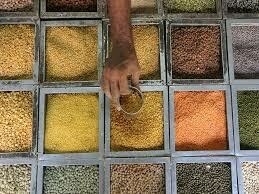MOSCOW (Reuters) – The Russian government is considering increasing public spending on education, healthcare and infrastructure, officials said on Tuesday, a move that could involve tax changes that hit the wealthy.
An aide to Vladimir Putin, who looks set to be re-elected on March 18, said the president’s promise to raise incomes and invest more would be paid for by increasing some taxes or reducing spending in other areas.
“Various budget changes are being worked through right now,” presidential aide Andrei Belousov said, according to the TASS news agency. “Some areas will see spending cuts.”
Russia’s economy grew by 1.4-1.8 percent in 2017, the Economy Ministry said on Monday, after a protracted downturn, helped by firming oil prices.
Belousov was quoted as saying that unspecified changes to the tax system were being examined, but no decision had yet been taken.
Finance Minister Anton Siluanov told the Rossiya 24 TV channel the government was considering how to reconfigure the tax system to end what he called preferential treatment for high earners. Russia currently levies a flat 13 percent income tax rate.
Siluanov, who said last year his ministry was proposing cutting mandatory social security payments, did not provide details of specific changes being considered.
He said changes to tax and spending were necessary to help push annual growth above 1.5 percent.
“We’re talking about infrastructure, education spending, healthcare spending and spending on human capital,” Siluanov told reporters.
Deputy Prime Minister Olga Golodets said higher social spending would drive the next economic cycle and was vital to increase incomes.
“Growth in people’s incomes must become the main and defining task when it comes to developing the economy,” Golodets said.
Fusion Media or anyone involved with Fusion Media will not accept any liability for loss or damage as a result of reliance on the information including data, quotes, charts and buy/sell signals contained within this website. Please be fully informed regarding the risks and costs associated with trading the financial markets, it is one of the riskiest investment forms possible.
Source: Investing.com

























